

You’re headed to your favorite fishing hole with visions of largemouth bass swimming in your head when you hear that sickening “wop wop” sound of a flat tire!
BoatUS Trailer Assist service providers say tires are the main reason they’re called to help members experiencing trouble on the road.
Here are 10 tips to help ensure that you get to your fishing hole (or camping trip, horse riding adventure, etc.) on schedule:
Make sure your trailer is on ST (Specialty Trailer) tires — A tire’s sidewall is where you learn everything: dimensions, capacities, age, and most important, purpose. A tire made for a trailer that you pull behind your car or light truck is going to have “ST” on the sidewall, or the words “Trailer Use Only.” Unlike tires on your car, trailer tires have strengthened sidewalls to handle the weight of a boat, especially when rounding corners.
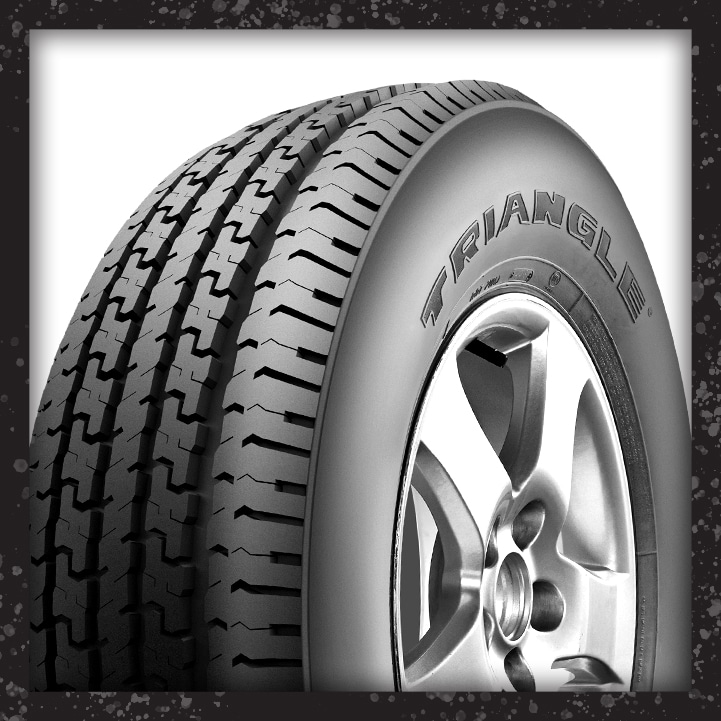
The Triangle TR653 is backed with a 60-day total satisfaction guarantee and free one-year road hazard replacement warranty.
Check inflation prior to going on the road when the tires are cold — The tire pressure measured in pounds per square inch (psi) will increase as the tire heats up when used. Under inflation is the cause of most tire trouble because temperatures increase when the tire pressure is too low. So, check inflation prior to going on the road. It’s marked on your tire. Remember, boat trailer tires typically need to be inflated to higher psi than tow vehicle tires. And be sure to also check the psi of the spare tire.
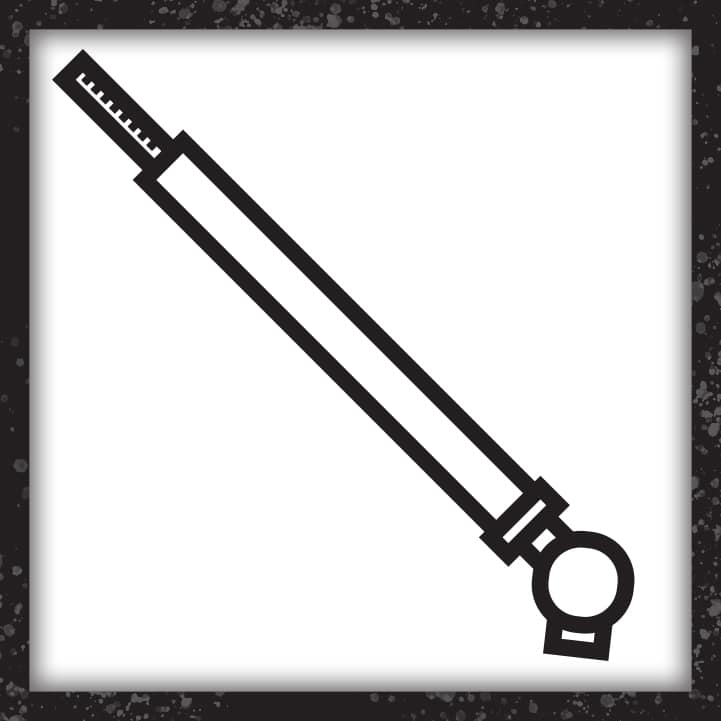
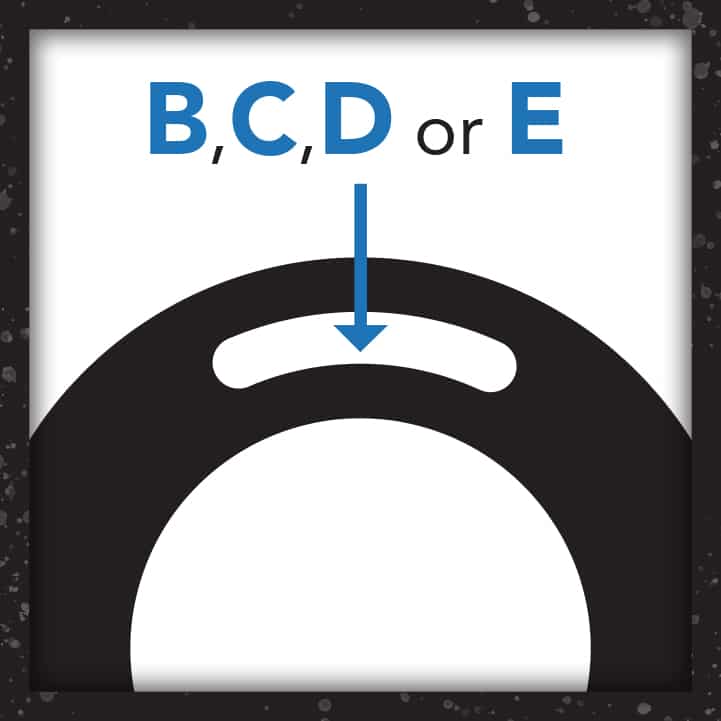
Check the load range — Every tire has a load range, and trailer tires are no different. Marked on the sidewall, the load range runs from the lightest weight the tire can carry (Load Range B) to the heaviest (Load Range E). Load range is a measure of an individual tire’s maximum capacity to carry a boat and trailer. Most boat trailer tires have a load range of B, C, or D. If a tire has load range C, it can carry 1,820 pounds. If it’s on a single-axle trailer, this means both tires can carry a total of 3,640 pounds, which includes the weight of the trailer, the boat, the engine, fuel, and anything else inside the boat. Single-axle trailers can carry 100 percent of the load increases, psi increases.
Inspect the sidewalls — for spiderweb cracks, which is evidence of dry rot and imminent failure.
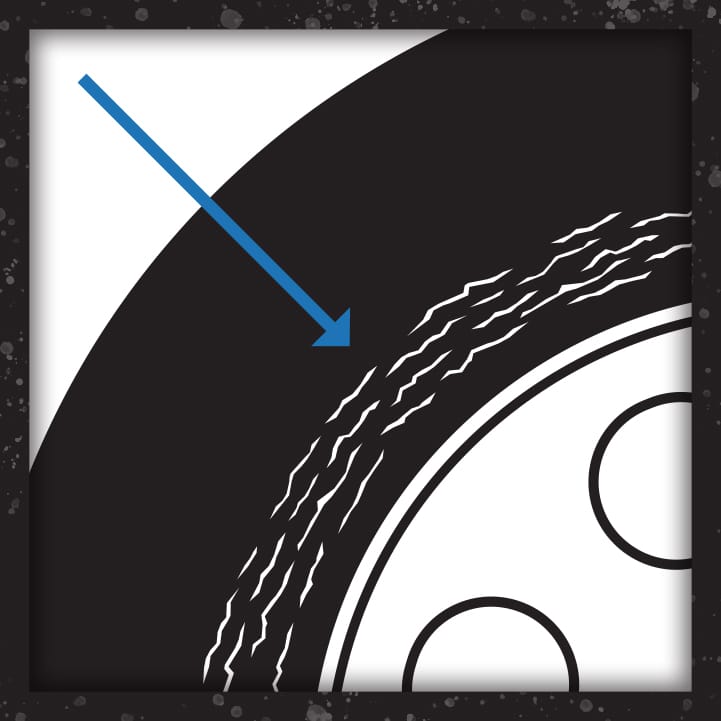
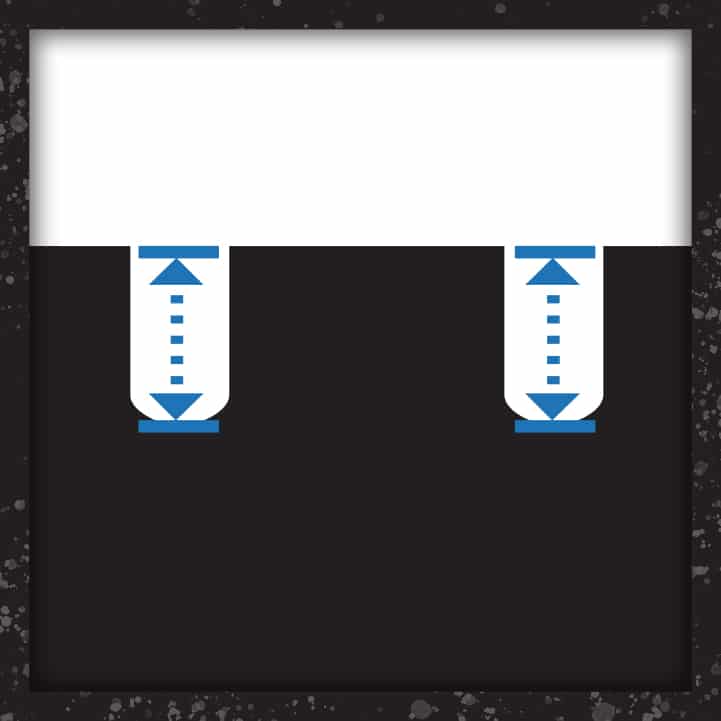
Inspect tread depth — Manufacturers have made it easy to recognize when you’re down to 2/32” in tread by placing a series of molded horizontal bars at the base of the grooves. These bars become flush with surrounding tread when wear reduces a groove’s depth to 2/32″. That’s also the point where tires are deemed illegal. For dependable traction, especially in the wet, don’t wait until your trailer tires become bald; replace them at 4/32” of tread remaining at the least.
Valve Stem — Often overlooked, the valve stem may be the cause of continued low psi. Press your finger against one side of the stem and listen for any loss of air.
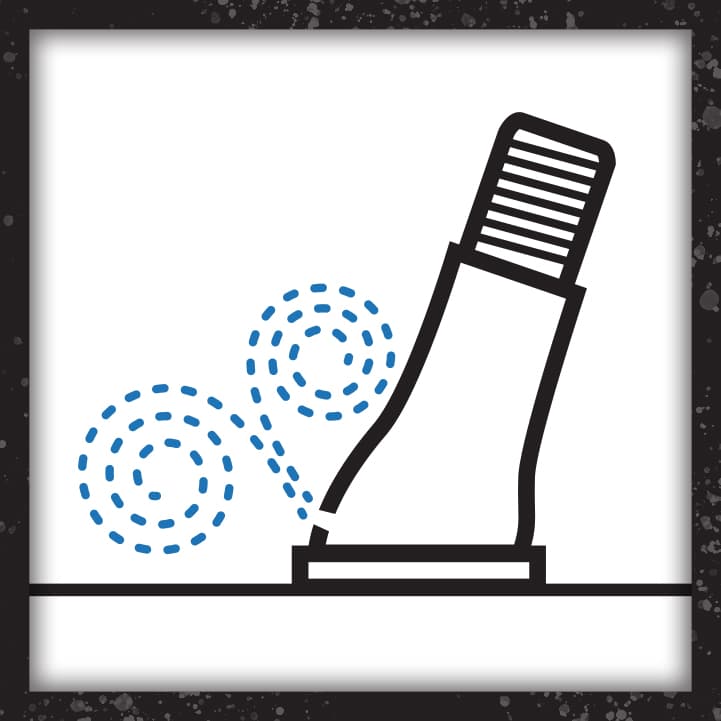
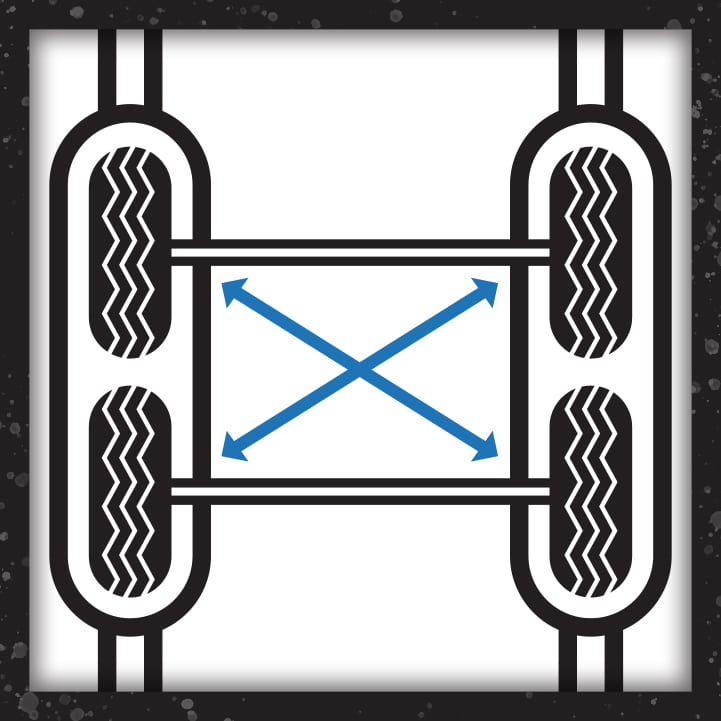
Balance and rotate tires — Like tires on your car or tow vehicle, trailer tires that are balanced ensure proper tire wear and reduce vibration. Single axle boat-trailer tires usually don’t need to be rotated. A tandem axle trailer rotation isn’t necessary unless you notice increased wear that’s occurring faster than normal. In that case, rotate the tires from front to back, preferably in an “X” configuration.
Sun — Prolonged exposure to the sun’s UV rays will deteriorate trailer tires, causing spiderweb cracks. This can be easily resolved by putting tire covers over the tires if the trailer is going to be parked for an extended period of time.


Moisture — The worst thing you can do to a trailer tire is to park it on grass for a long period of time, where moisture is going to slowly get into the tire’s protective surface. Either remove the tires during the winter or park the trailer on concrete or plywood.
Keep ‘em moving — A parked trailer means the tires are bearing the weight in the same position on the tire for a long period of time. This can result in “flat spots” on a tire.
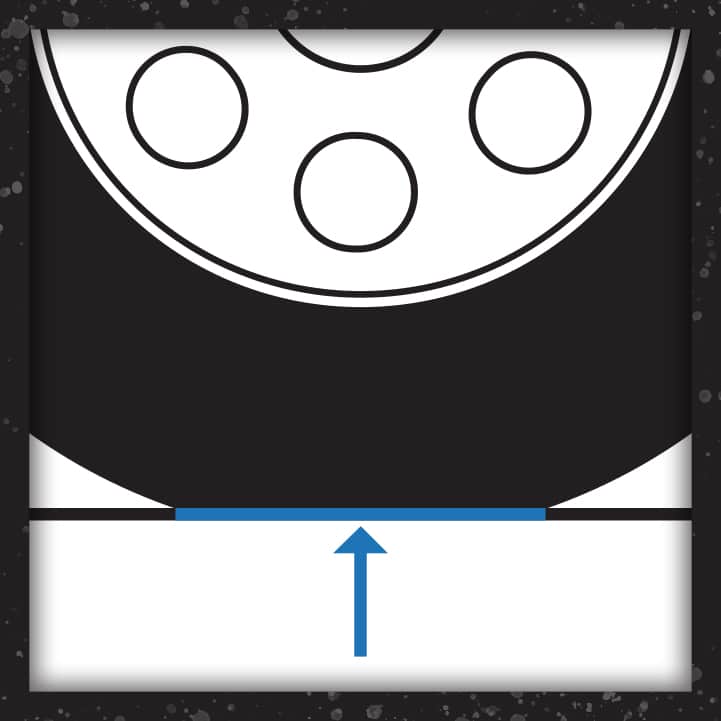

Watch your speed — Most trailer tires have a maximum speed of 65 mph. However, if speeds from 66 to 75 mph are used, the tire inflation pressure can be increased by 10 psi without any increase in load. However, the Tire and Rim Association, which sets standards for tires, suggests decreasing the load capacity of the trailer by 10 percent if you are running at these higher speeds.
It all starts with the right tire! Producing ST tires has been a focus at Triangle for decades with a commitment to using the highest quality raw materials at one of the world’s most advanced tire plants.